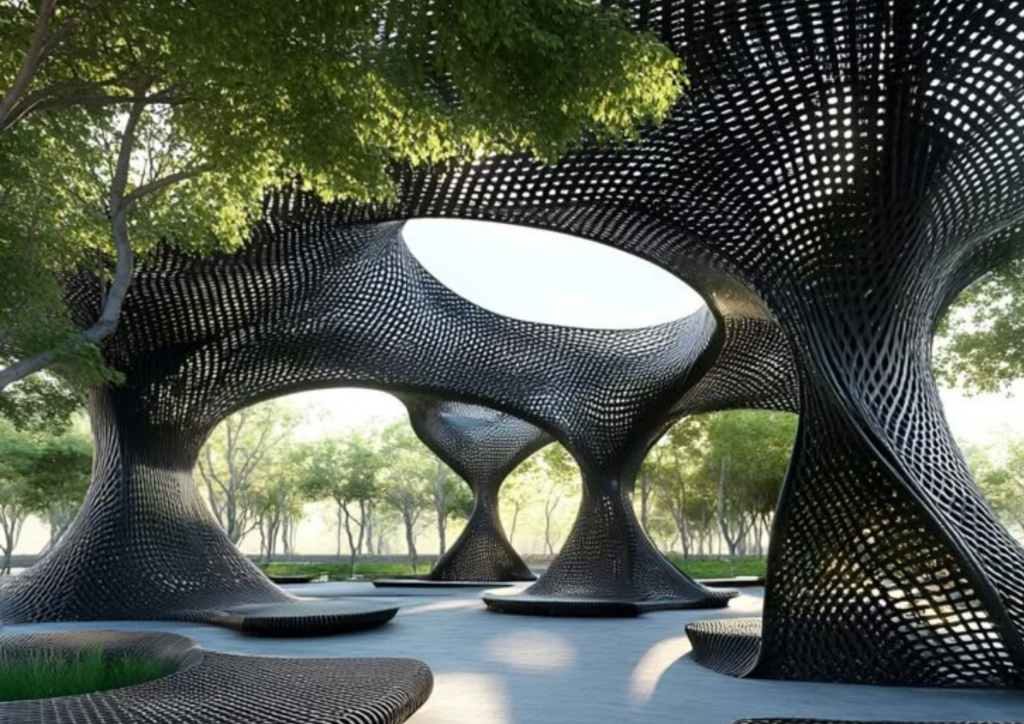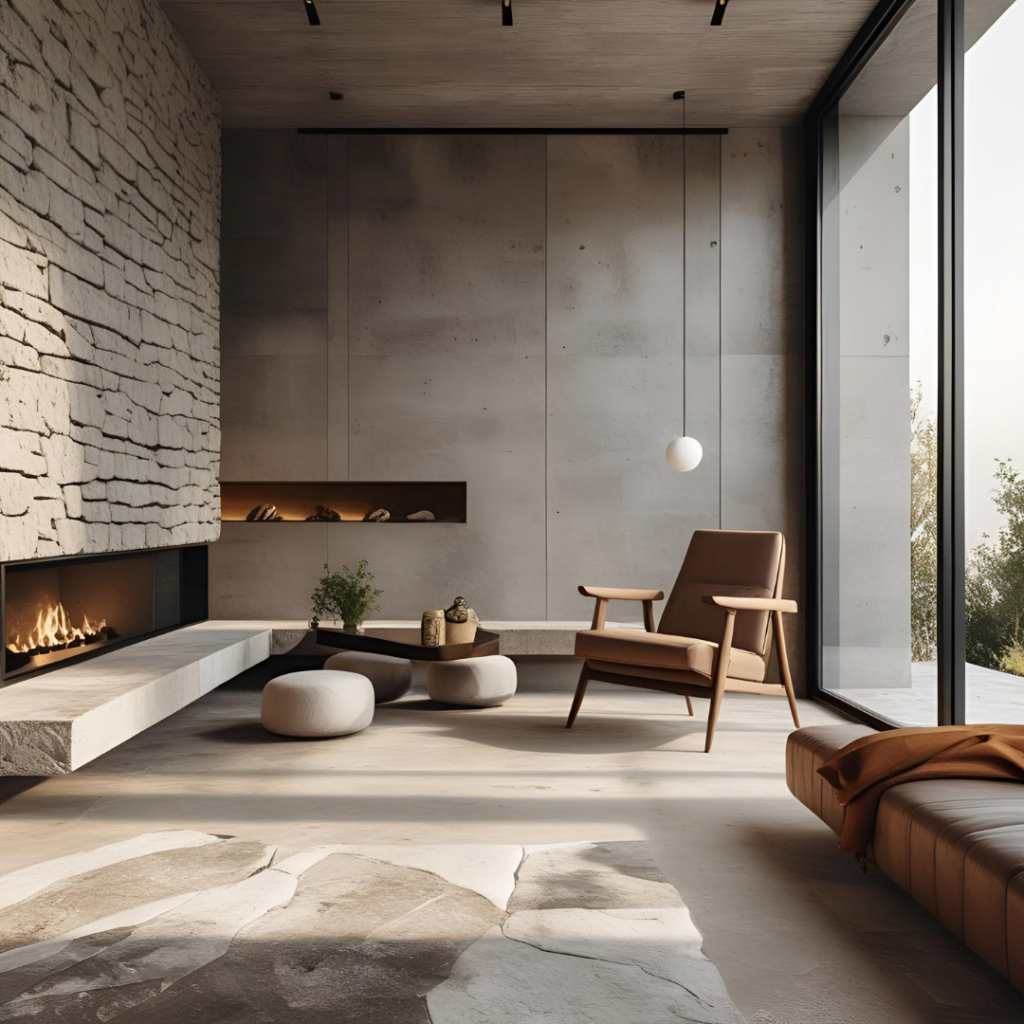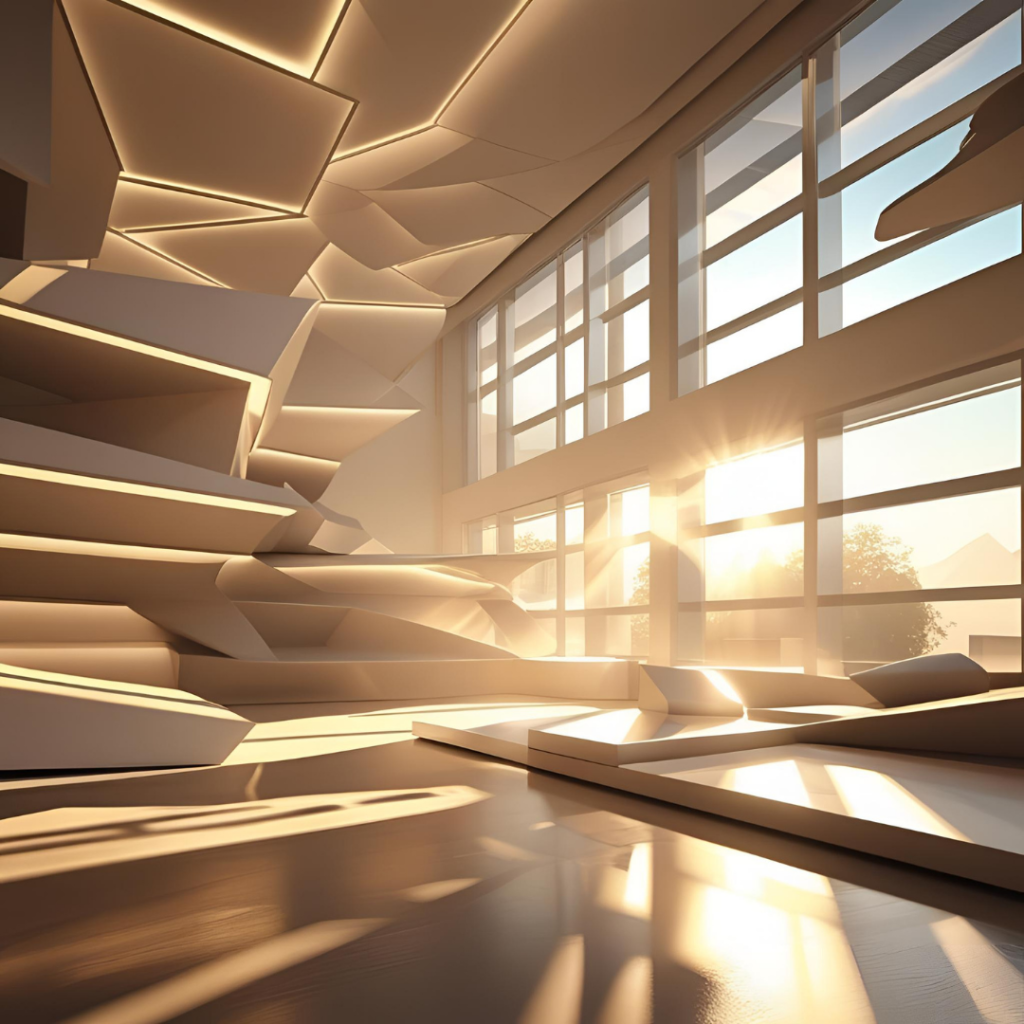Architecture and Memory: The Temporal Identity of Buildings
The Concept of Memory in Architecture
At Mısırlıoğlu Architecture, we believe that every building is more than just a physical structure — it is a time capsule. Buildings carry the memories, cultural traces, and user experiences within them. This memory forms the identity of the structure and creates a bridge to the future.
Temporal Layers: A Bridge Between Past and Future
In architectural design, it is essential to balance traces of the past with the needs of the present. Whether it’s restoring a historic building or incorporating traditional elements into contemporary architecture, the layers of time converge. Mısırlıoğlu Architecture carefully evaluates these layers to bring depth and meaning to each space.
User Memory and Spatial Perception
Spaces are remembered differently by those who use them. A school corridor, the stone pavement of a square, or the garden of a home — each holds personal and collective memories. When emotional memory is considered during the design process, spaces become not just functional but also deeply meaningful.
Sustainable Architecture and Memory
Traditional building techniques and materials carry not only aesthetic value but also a memory of sustainability. Using long-lasting materials contributes to preserving the identity of the structure over time. Mısırlıoğlu Architecture integrates sustainability with spatial memory to design permanent, living buildings.
Conclusion
Architecture is a living and evolving art over time. Buildings are memory spaces that carry the marks of the past and the present. By prioritizing this temporal identity, Mısırlıoğlu Architecture aims to develop projects that are not only aesthetic and functional but also enriched with memory and culture.






Henüz yorum yapılmamış, sesinizi aşağıya ekleyin!